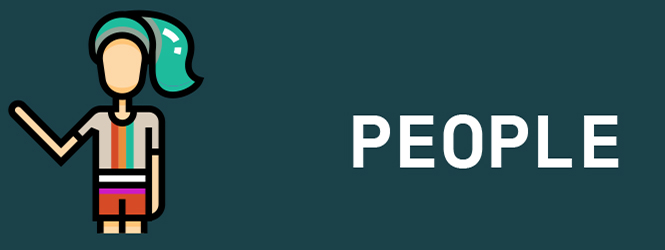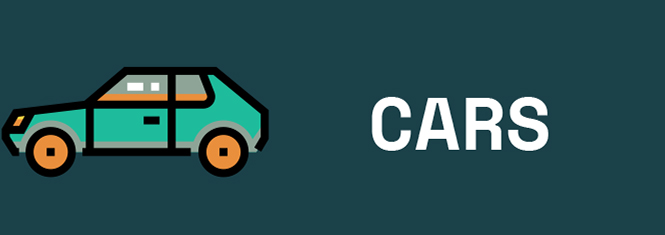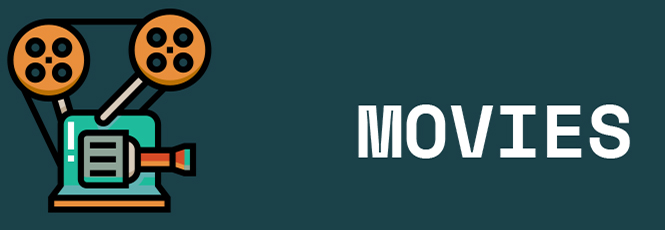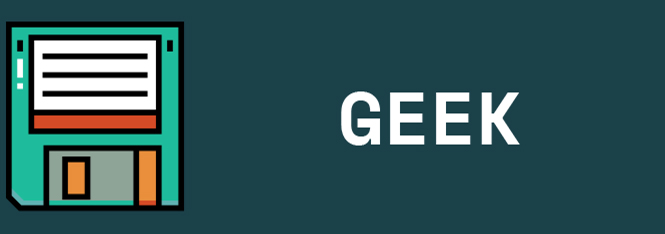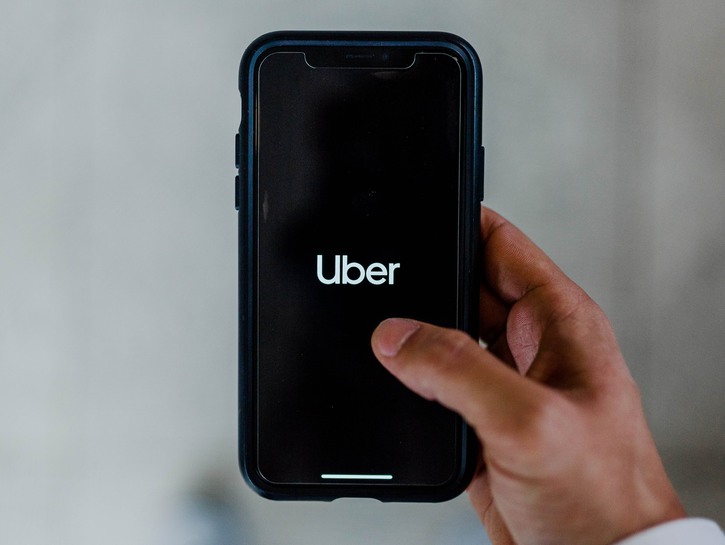
About 40 years after American Airlines invented the frequent flier program, loyalty programs have started to spread beyond airlines and into urban travel such as buses, trains, cars, and bikes. Last November, Uber launched Uber Rewards, using perks like vehicle upgrades to bring in new customers and keep current customers. Uber’s program encourages riders to take individual trips instead of shared trips, sparking worries that whatever impact ride-hail has on urban congestion, Uber Rewards will make it worse.
Some public transportation agencies which take cars off the road and may be losing fares to ride-hail and some cities and are responding in kind. They are capitalizing on the spread of smartphones and mobile ticketing systems, which make personalized rewards much easier to administer. Transit officials around the country are preparing for your daily commute to you, the rider, complimentary drinks, gift certificates, even free rides!
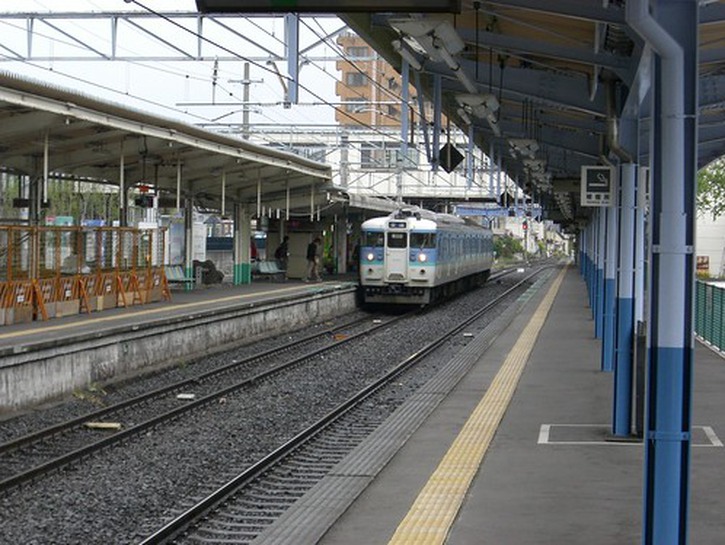
One of the first transit agencies to use a rewards program to change customer behavior was the Bay Area Rapid Transit who serves the greater San Francisco area. In 2016 it launched a pilot program called BART Perks, offering small cash rewards to commuters who opted to travel at less congested, off-peak times. BART claimed it got around 10 percent of targeted riders to make the adjustment to the new times. It ran a second, similar experiment earlier this year, funded by a $500,000 federal grant, with results expected to be announced in August.
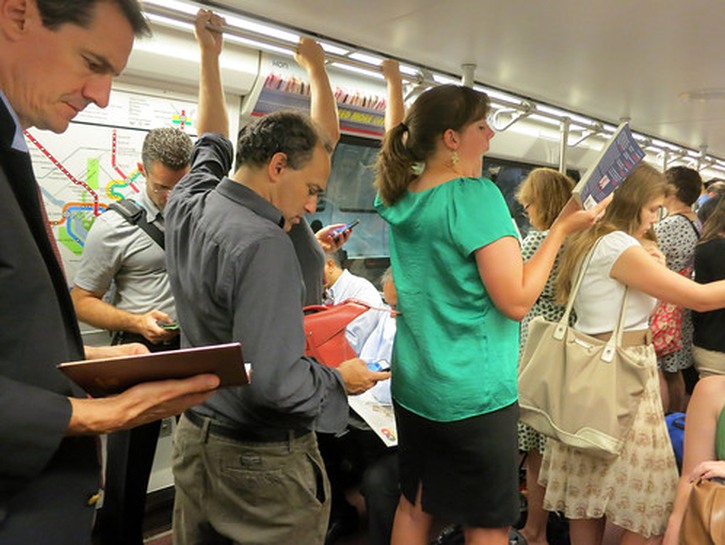
The Contra Costa Transportation Authority, based east of San Francisco, took the idea a step further by trying to convince commuters to switch their mode of transportation entirely. In November it launched a pilot app that tracks a customer’s location and uses machine learning to determine how they’re moving. The program awards “miles” based on distance and the mode of transportation used. Walking one mile is good for 10 “miles” on the program while driving the same distance nets you just one – with biking, trains, buses, and ride-hail services falling in between. The miles can be redeemed on the app for rewards through its partners on the app, earning the consumer free things at various businesses.
The agency working with Contra Costa gave Miles $50,000 to create challenges that offer select Contra Costa County residents a $5 gift card to various retailers to adjust their commuting habits and to drive less often. “If you’re using a bike twice per week and driving three days a week, we want you to bike more,” says Peter Engel, the agency’s director of programs. CCTA is currently reviewing data from the pilot. In the meantime, its Bay Area compatriot Caltrain and nearby Sacramento Regional Transit have announced their own projects with Miles, with the same goal of pushing commuters away from driving.
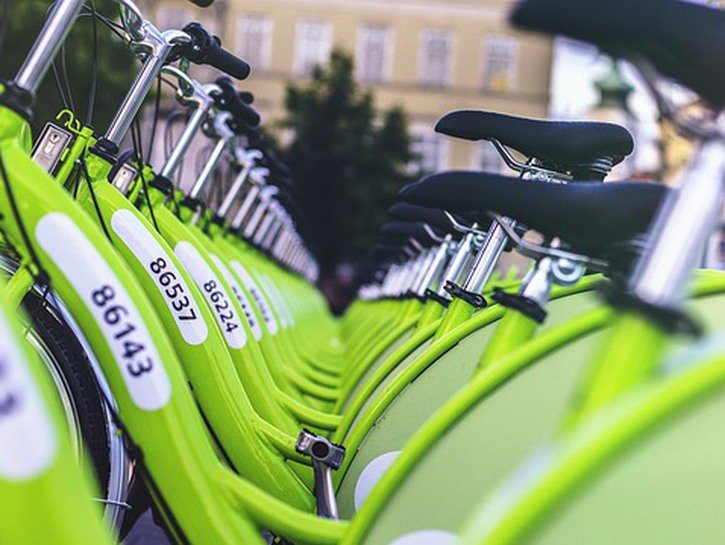
Portland’s bike-share system has taken a different slightly different approach to with their rewards program. Biketown has been working with a startup called Validated to offer credits that can be used to cover overage fees or annual memberships to users who make purchases at retailers like Portland Gear and Green Zebra Grocery. This May, Validated was acquired for an undisclosed sum by ReachNow, which is a company that builds mobile ticketing systems for transit agencies. Its CEO (for North America), Nat Parker, believes that Validated’s rewards model could work for transit, especially as cities like Baltimore and New York adopt mobile ticketing. He claims that “Discovery of offers, redemption of points, and interaction with the customer are all much easier to facilitate through a mobile channel.”
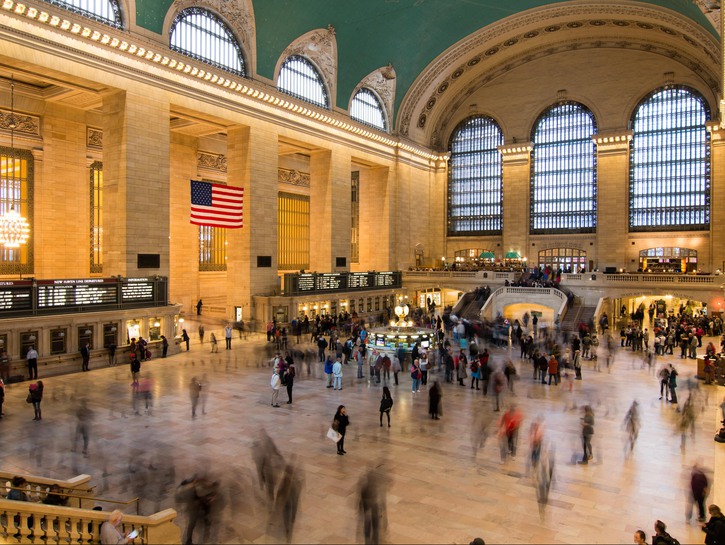
Alright, let’s not to get too excited about this new tool. David Bragdon, the executive director of public transportation research organization TransitCenter, thinks that if agencies only focus on these loyalty programs then they risk being distracted from more urgent priorities. “The best loyalty program is to provide good service,” he says. “Fundamentals of good service are frequency, speed, and reliability. If you don’t have that, giving someone a free cup of coffee doesn’t make any difference.”
As Wired put it, “Transit executives are eager to reverse the ridership declines that many of their systems face. Loyalty programs offer them a potential new tool to attract riders, and a chance to keep pace with the ride-hail companies that are often accused of poaching their customer base. As competition for urban trips intensifies, they seem willing to try just about anything to keep filling the fare box.”
- What Happened to the Cast of ‘Silver Spoons’? Where the ’80s Stars Are Now
- Mark Wahlberg & Burt Reynolds Clashed on ‘Boogie Nights’ Set
- Sally Field Net Worth: How Much Did the ‘Gidget’ Star Make?
- What Happened to the Original ‘Charlie’s Angels’ Cast?
- Barbara Eden Net Worth: How Much Did the ‘I Dream of Jeannie’ Star Earn?



